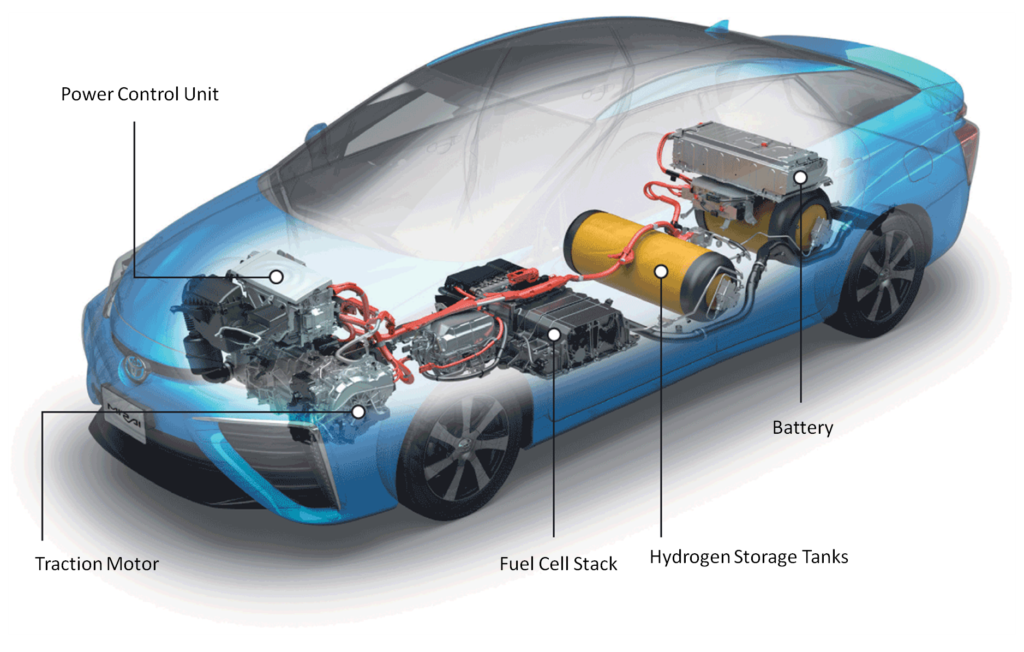An electric vehicle (EV) is powered by an electric motor and a rechargeable battery. When the driver presses the accelerator pedal, the battery sends electricity to the motor, which turns the wheels and propels the vehicle forward.

Here are the basic components of an electric vehicle and how they work together:
- Battery: The battery is the heart of an electric vehicle. It stores the energy that powers the motor. EVs typically use lithium-ion batteries, which are lightweight and have a high energy density.
- Motor: The motor is responsible for converting electrical energy from the battery into mechanical energy that turns the wheels. Electric motors are highly efficient and can produce instant torque, providing quick acceleration.
- Charger: To recharge the battery, EVs are plugged into a charging station or an electrical outlet. The charger converts AC power from the grid into DC power that can be stored in the battery.
- Regenerative braking: Electric vehicles can also recharge their batteries while driving through a process called regenerative braking. When the driver applies the brakes, the motor runs in reverse, generating electricity that is sent back to the battery.
- Control system: The control system manages the flow of electricity between the battery, motor, and other components. It also controls the vehicle’s speed, acceleration, and braking.
Overall, electric vehicles are environmentally friendly and offer several benefits over traditional gasoline-powered cars, including lower emissions, reduced fuel costs, and quieter operation.









